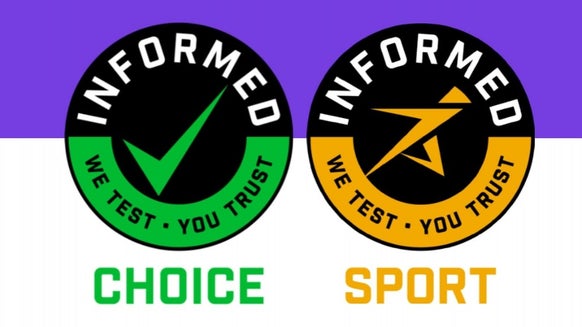 人類使用蜂蜜已有近 5500 年的歷史,這種甜美、黏稠的花蜜有多種功效。從增添食物的甜味到對胃腸、心血管、呼吸系統和神經系統產生保護作用。而蜂蜜中的明星非麥盧卡蜂蜜 ( Manuka Honey ) 莫屬,它風靡養生界,究竟它有什麼神奇的功效呢?
人類使用蜂蜜已有近 5500 年的歷史,這種甜美、黏稠的花蜜有多種功效。從增添食物的甜味到對胃腸、心血管、呼吸系統和神經系統產生保護作用。而蜂蜜中的明星非麥盧卡蜂蜜 ( Manuka Honey ) 莫屬,它風靡養生界,究竟它有什麼神奇的功效呢?
1.營養豐富的抗氧化劑
麥盧卡蜂蜜(MH)中含有大量的類黃酮和多酚,其中富含抗氧化劑。因此,MH 降低了氧化應激。氧化應激是自由基所造成的破壞(不穩定的原子會丟失電子,從而產生反應造成對細胞,蛋白質和 DNA 的損傷),因此它可能導致疾病產生。最近的一項研究表明,當白血球(巨噬細胞)受到氧化應激時,麥盧卡蜂蜜會抑制活性氧(自由基的一種)的產生,從而為蛋白質和 DNA 提供保護。此外,麥盧卡蜂蜜可減輕炎症反應。所以我們可以通過在早餐中添加一些麥盧卡蜂蜜來增強身體的抗氧化能力。
2.幫助傷口癒合
在傷口的表面,有一個被稱為生物膜的細胞集合。這些細胞包含微生物,而生物膜就像一個細菌的保護罩,幫助微生物抵禦抗菌劑,因此抵抗感染非常棘手。好消息是,麥盧卡蜂蜜能夠殺死這些生物膜中的細菌,還可以防止多種病原體形成新的生物膜。在實際生活中,麥盧卡蜂蜜被證明可以減少皮膚傷口的總體癒合時間並改善疤痕外觀。所以手指被割破後可以在上面敷一層麥盧卡蜂蜜,防止感染,促進癒合。
3.有助於控制血糖
有證據表明,麥盧卡蜂蜜 MH 對控制血糖水平可能有所幫助。一項臨床試驗表明,相對於蔗糖或葡萄糖,麥盧卡蜂蜜可顯著降低血糖指數。因為麥盧卡 MH 中的糖釋放緩慢,不會引起血糖峰值突然升高和隨後的暴跌,這對人體有益。需要注意的是,作為天然物質,麥盧卡蜂蜜被認為可以安全食用。但是在極少數情況下,有些人會對它過敏並產生反應。另外,由於蜂蜜是由蜜蜂的勞動產生的,因此純素食主義者不適用。








